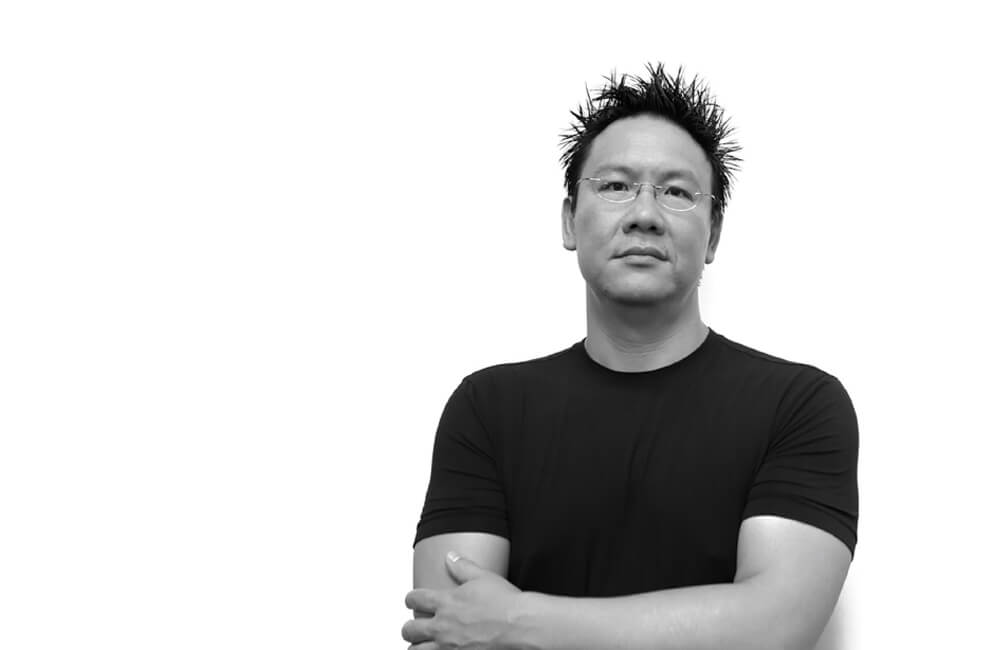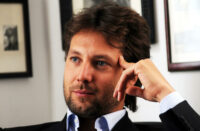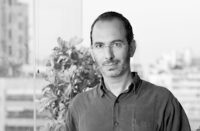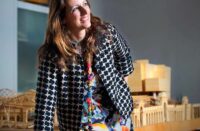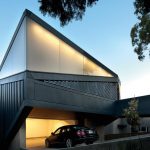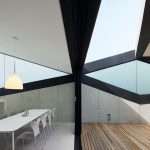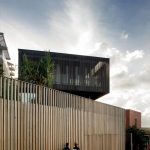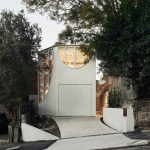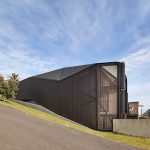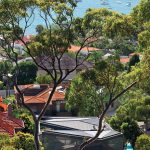ArchiTravel interviews Founding Partner of Chenchow Little Architects, Tony Chenchow.
Interview by : Virginia Giagkou
Virginia Giagkou: What is the importance of architectural tourism?
Tony Chenchow: It’s important. It’s important for architects to visit buildings, because when you just look at them from the image or from the magazine you are going to get a very different sense of the project as opposed to when you actually visit the building. At the photograph you are limited by the border so it is actually the context in the frame of the picture whereas when you visit the house you actually see the position of the building within the context. If you call it architectural tourism, so be it. A tourist is more like a voyeur; I don’t really see it like a voyeur, who is standing away from the object. If you go as a tourist to a town there is certain disengagement whereas if you visit buildings as an architect. I don’t think there is that disengagement anymore because as an architect you are trained with a certain amount of knowledge and a certain way to interpret the building. So, I think that’s important.
V.G.: What is the importance of architectural events worldwide? What are the profits for a city holding such kind of major events?
T.C.: It’s a good thing. It’s a good thing to bring together architects from around the world. Architects that come from different cultural backgrounds, it’s good to get them together, to actually start talking about architecture. That’s an engagement. There are differences and there are also similarities when you start talking to the architects. So, it’s a good thing. There should be more of them.
As for the profits, architects are generally poorly paid. I don’t know whether we spend money or not but we pay for our accommodation so I guess it’s good for the city. The profit is a minor issue, really. I am not sure who to speak to, if the accountants and the economists can predict the money that an event like this could bring to the city.
V.G.: How would you characterize modern architecture nowadays?
T.C.: The traditional way in which we are taught about modernist architecture, from the twenties, Le Corbusier and Mies van der Rohe, is changing. There is a certain re-reading of these masters now, an interpretation of them. What is happening at the moment allows that re-reading, because architecture now is not purely about build art, build form. It’s not just an aspect. Architect is a profession and the way it is taught now has a lot more pros. People study philosophy, people study sociology and there are a lot of subjects which are defined by architecture. Given that now we have absolute broader range, broader education, we look at modern architecture. We are moved from modern architecture.
V.G.: Is the world financial crisis an opportunity for everyone to reconsider the ways that we design and construct the buildings and the urban environment?
T.C.: Yes, definitely. I mean people are a lot more cautious in looking the way they spend their money. As architects, it forces us to be a lot more economical, to look at our design concepts and ideas and really try to reduce the idea down to its essence. It forces you to look at the project and look that there are certain things which are just a perfect loss that you can take away. Basically the client wants to pay for that. It forces us to look at our work again and that gives you a certain economy in the way you look at things.
V.G.: Does architecture as a profession need empowerment? In which way this should be done?
T.C.: The empowerment has to come not only from the architects, but also the way architects engage with politics. For example, in Barcelona the mayor is quite powerful and the way architects engage with the mayor is quite powerful. The empowerment comes from much closer relationship with the politicians. The politicians connect you and formulate certain sort of regulation or guidelines. That’s where the empowerment occurs, in our relationship with the politicians. By yourself, without the politicians is very difficult. You must have political support behind you.
V.G.: At the end, can you please provide your personal proposal for 10 buildings which you think as the most important worldwide that someone must visit anyway?
T.C.: We should not restrict ourselves to just a period of architecture. We should always look at architecture across all periods. Whether it is gothic architecture, renaissance architecture, classical architecture, or even modernism, contemporary buildings, I think that’s better than just limiting ourselves to 10 buildings. It’s important to look over a broad range, because you can learn from anything you look at. People, quite often, easily dismiss a form of architecture. I think you can learn from any type of architecture, if you look closely enough. We have been to Finland and saw some of Alvar Aalto’s work. And that was magnificent. It’s lovely how his work is still quite contemporary in some way now.
Featured Image © Katherine Lu
More on : Tony Chenchow
About this Author : Virginia Giagkou
Work of Tony Chenchow

